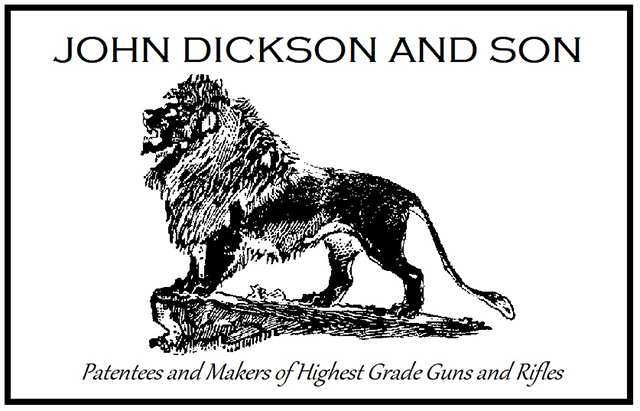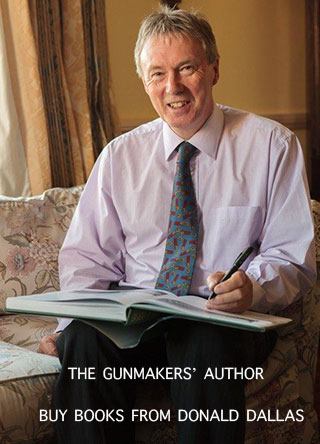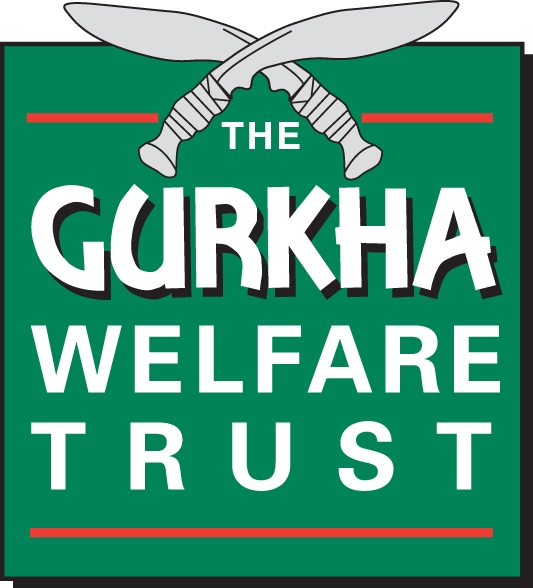This week the announcement came. It was long expected, and actually rather delayed, but I think deep-down we all knew it was coming.
The Government will bring legislation to Parliament in the summer of 2026, which will effectively outlaw the use of lead shot for game and clay shooting.
It will also outlaw the use of bullets for hunting deer by making deer-legal calibres legal only when made from non-lead materials. Small calibre hunting ammunition, like .22 rimfire, will continue to be legal for small game and pest control purposes.
The legislation proposal is based on a report from the Health & Safety executive, delivered in December 2024, and it has adopted many of the HSE recommendations, but not all of them.
hunting ammunition, like .22 rimfire, will continue to be legal for small game
For the full HSE report, see this link: https://www.hse.gov.uk/reach/assets/docs/rr-aavi-0821.pdf
We all know the pro and con arguments that have been jousting in the debate arena since a ban was first proposed but they are now moot, as the decision has been made and the proposals are likely to become law, given the overwhelming parliamentary support the Billl will receive from Labour’s large majority. It will also be supported by the Liberal Democrats and some Conservatives.
Given calls for an outright ban, some might consider it a win that lead will continue to be available for the thousands of pest controllers and gamekeepers who rely on their .22 rimfire and .17HMR rifles.
Those using air rifles to hunt rabbits or control rats will also face no restrictions on their use of lead pellets. The exemption of these small calibre rifles from the ban reflects their widespread popularity, the type of animals they are used to control and the ineffectiveness of lighter, longer non-lead alternative projectiles. It is, in short, a rare win for common sense.
Users of vintage rifles will have to adapt or we may be forced to give-up our much-loved old companions. I have been building a good store of ammunition for myself and my clients over the years, picking up things like 6.5x57 Mannlicher-Schoenauer, .7mm Mauser and .303 British hunting rounds, as well as big game calibre ammunition like .450 BPE and .475 (No.2) Nitro Express for use overseas.

One area in which the Government has not followed the HSE recommendation is in the transition time from passing legislation to the restrictions becoming law. The HSE recommended five years. The Government is allowing three.
That means, if, as expected, we see the Bill have its First Reading in the Commons in the summer of 2026, it will gain Royal Assent a few months later, perhaps early 2027.
we will be waking up in January 2030 in a country in which it will be illegal to buy, sell or shoot lead shot
If we assume it probable that it will pass in January of that year and add the three year period of grace, we will all be waking up in January 2030 in a country in which it will be illegal to buy, sell or shoot lead shot (with some very specific exemptions for the police, military and elite competitors like our Olympic Trap and Skeet shooting teams, who will be competing abroad, where lead is permitted).
Museums will have exemptions to occasionally shoot antique arms in demonstrations but that will not extend to the public.
The key parts of the legislation affecting users of vintage guns and rifles are as follow:
Shotguns
The use of lead shot for live quarry shooting will be prohibited.
The use of lead shot for target shooting will be prohibited.
The sale of lead shot will be prohibited.
Rifles
The use of lead bullets over 6.17mm to shoot live quarry will be prohibited.
The sale of lead bullets over 6.17mm for live quarry shooting will be prohibited. This intentionally includes the popular .243 calibre.
Indoor ranges will still be allowed to facilitate target rifle shooting with lead bullets.
Outdoor ranges will still be allowed to facilitate target rifle shooting if they have appropriate lead capture features incorporated to reclaim the spent projectiles.
Deer stalkers hunting muntjac and Chinese water deer will be able to hunt them with lead bullets as long as they are smaller than .243 in calibre. Practically, that means calibres between .220” and .240” with a minimum bullet weight of 50-grains and muzzle energy of 1,000ft/lbs. So, a .22 Savage Hi-Power or .220 Swift, for example.
to prevent hunters simply switching to .240 and hunting deer with lead
Anybody contemplating switching to .240 Holland & Holland and lead bullets for hunting red, fallow or roe deer can forget it - the deer legislation allows for a .240 but the lead-ban legislation specifies no lead bullets above 6.17mm and the .240 H&H takes a bullet of 6.223mm. The legislators have deliberately done this to prevent hunters simply switching to .240 and hunting deer with lead. I have to credit them with doing a thorough job!
I anticipate that most dedicated shooters of old shotguns will switch to bismuth for their live quarry shooting. It is not ideal but is is workable. We will have to swallow the cost and learn the effective range of the ammo we choose on the species we shoot.
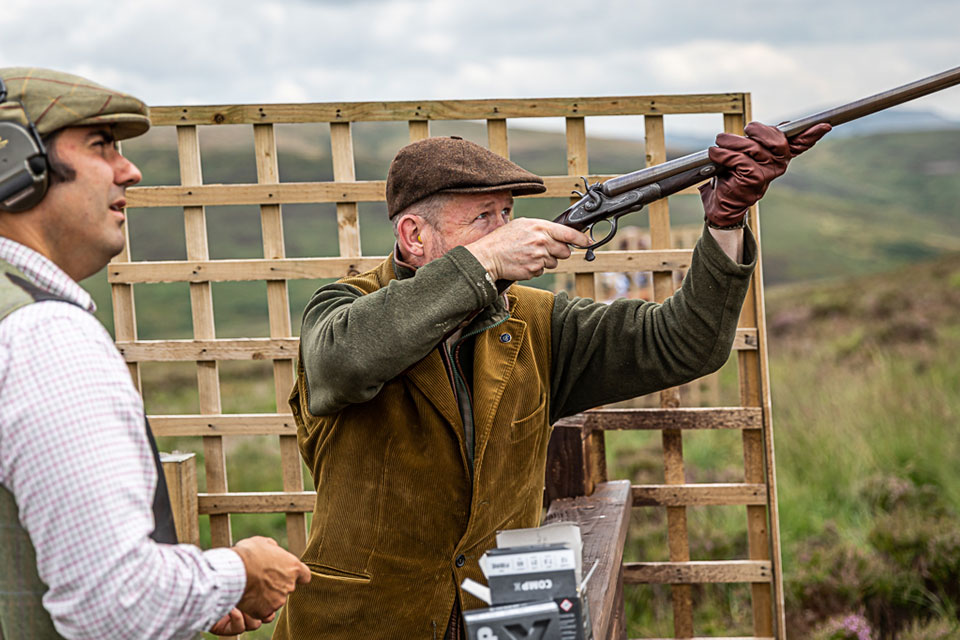
The cost of doing so will not make a day’s game shooting unviable for most of us. at current prices it adds about £130 to the cost of an average £200-bird day. Given that the cost of such a day is likely to reach £1,300 this season, it is not a huge factor.
It will however, kill-off those high volume simulated clay days for us. I don’t see many opting to pay £700 for bismuth ammo on a fun day out with the old Purdey hammer gun that has, to date cost us £120 for light lead loads.
it will increase your monthly leisure costs by £584
The same will be true for the casual Sunday morning sporting clays shooter who likes to take his vintage gun. At current lead prices, a 100-bird shoot using Hull Comp X will cost £34. With bismuth it would cost £170. If that is your regular weekend day-out it will increase your monthly leisure costs by £584. For the average income shooter (on £2,297 after tax) that is a difficult increase to swallow.
Vintage gun owning pigeon shooters will also be hit, especially as pigeon shooting is often the passion of many a less well-off sportsman. A good day in the hide with a slab of bismuth will cost £433, rather than the usual £104 for the popular Gamebore Clear Pigeon loads. A really good day might see you shooting close to £1,000 worth of bismuth, which I suggest is beyond the reach of most people.
I suspect many will go down the steel route, ditching their vintage guns in favour of a steel-shot-proof semi-auto or over & under. The inevitable glut of average quality vintage guns that will hit the market will certainly depress prices even further.
How well standard steel loads are adopted remains to be seen The Eley Pro Eco Steel costs £158 per slab of 250 and can be used in vintage guns with 2 1/2” chambers if the chokes are Half or less.
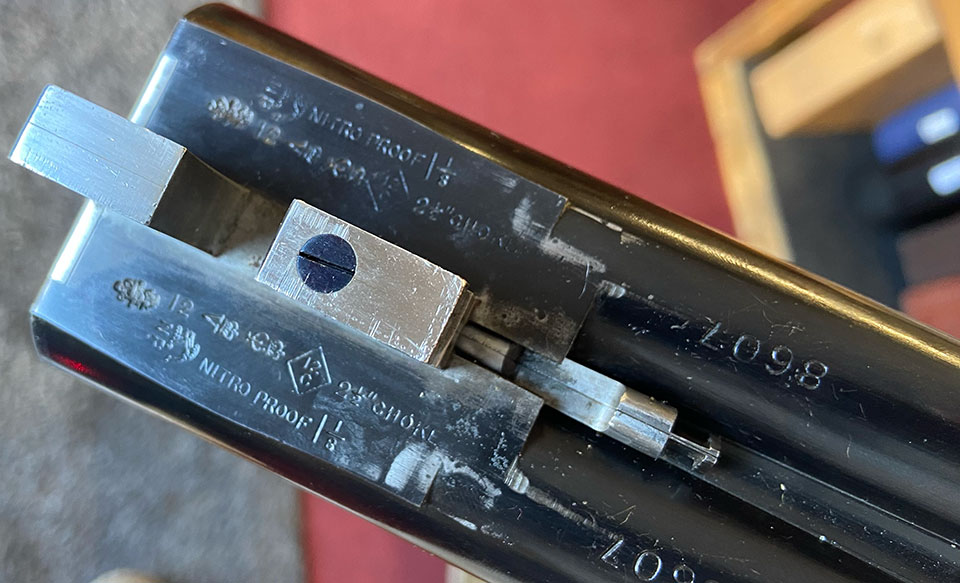
It may be that users of some vintage guns may decide that the prices of them are falling to the point that it is worth the risk of barrel damage in order to keep shooting at an affordable cost. That probably won’t be the case for those with very nice, original 1930s Purdeys.
I shall be experimenting with steel loads in Damascus barrels this summer to gauge effectiveness, shooting characteristics and effect on the gun.
I have trialled BioAmmo blue and found it unacceptably less effective than lead, with much greater wounding and much lower shot-to-kill ratios on driven grouse.
Whatever vintage guns or rifles readers may own and shoot, change is coming. We need to start planning for a near future without lead.
The HSE paper wrote in its impact assumptions that no shooters would give up shooting because of the removal of lead projectiles. I’m not sure that was entirely honest.
Published by Vintage Guns Ltd on

